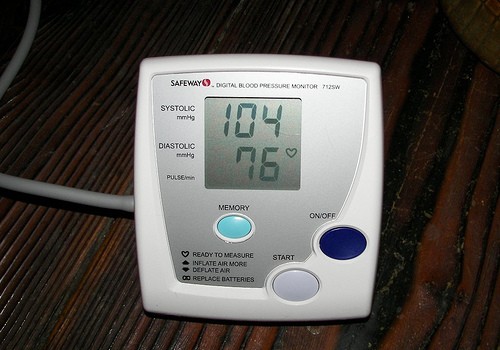
What is hypotension?
Blood pressure signifies the amount of force that is being exerted by the blood on the vessel walls. This force is generated when the heart pumps the blood into the vessels. Blood pressure helps us in understanding the condition of the vessels as it changes according to the response produced by them when the blood is pumped into them. Hypotension is the term used for low blood pressure. It means that the amount of blood reaching the vital organs is low, either because the heart is pumping insufficient amount of blood, or because the vessels are dilated and blood is pooling inside them. Either way, the delivery of oxygen and important nutrients to vital organs is hampered, which may lead to their permanent damage. A reading of 90/60 mm of Hg or less is usually termed as hypotension.
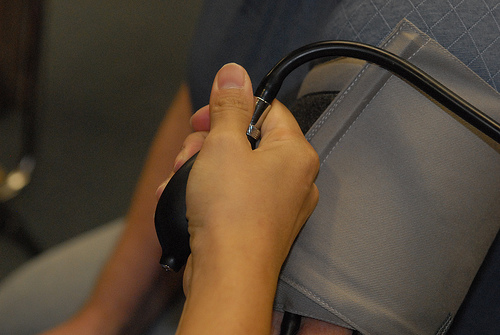
How is blood pressure determined?
As you would have noticed, a blood pressure reading has two components- systolic pressure and diastolic pressure. Both of them together determine a person’s blood pressure. Now let us try to understand what these two readings mean. When the heart beats, it pumps blood with some pressure, into the main arteries of the body. This pressure is transmitted to the blood in the arteries too. The pressure generated inside the arteries when it receives blood from the heart, during a systole, is called as the systolic blood pressure. In other words, systolic blood pressure gives us some idea about the functioning of the heart. Diastolic pressure is the pressure inside the arteries during the resting phase, that is, when the heart is not pumping blood into the arteries. It is the phase during which the heart is collecting blood brought to it from the main veins of the body. Normal blood pressure is 120/80 mm of Hg. High blood pressure means that more blood is being pumped into the vessels, or the vessels are stiff and have a narrow lumen. Low blood pressure means less amount of blood being pumped from the heart or the vessels being in a dilated...
As you would have noticed, a blood pressure reading has two components- systolic pressure and diastolic pressure. Both of them together determine a person’s blood pressure. Now let us try to understand what these two readings mean. When the heart beats, it pumps blood with some pressure, into the main arteries of the body. This pressure is transmitted to the blood in the arteries too. The pressure generated inside the arteries when it receives blood from the heart, during a systole, is called as the systolic blood pressure. In other words, systolic blood pressure gives us some idea about the functioning of the heart. Diastolic pressure is the pressure inside the arteries during the resting phase, that is, when the heart is not pumping blood into the arteries. It is the phase during which the heart is collecting blood brought to it from the main veins of the body. Normal blood pressure is 120/80 mm of Hg. High blood pressure means that more blood is being pumped into the vessels, or the vessels are stiff and have a narrow lumen. Low blood pressure means less amount of blood being pumped from the heart or the vessels being in a dilated condition.
- Important notification about information and brand names used in this slideshow!
- Photo courtesy of Morning Calm Weekly Newspaper Installation Management Command by Flickr : www.flickr.com/photos/imcomkorea/6193690785/
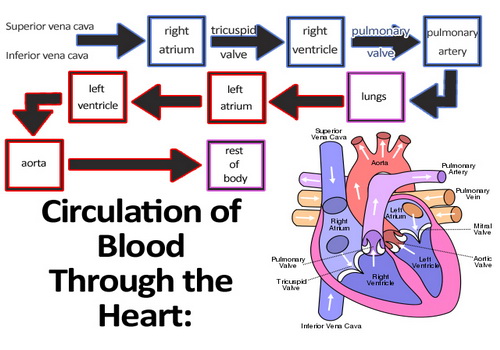
How is the normal blood pressure maintained?
There are several mechanisms by which the body maintains the blood pressure. Some of these mechanisms are as follows: • The heart increases the number of times it contracts per minute and also increases the pressure by which it pumps blood into the arteries during each contraction. Both these methods help in pumping more amount of blood into the arteries during every contraction. This, in turn, helps in increasing the blood pressure. • The muscles in the walls of the vein can be controlled through different mechanisms to expand or narrow down. When the veins expand, blood pools inside them and hence less blood collects into the heart. Consequently, heart is able to pump less blood into the arteries thereby, reducing the blood pressure. The reverse happens when the veins narrow down. • Like veins, the muscles in the walls of the arteries can also contact and relax thus, affecting the blood pressure. • Kidneys also regulate the blood pressure by increasing or decreasing the amount of urine it produces.

What are baroreceptor signals?
pressure and send signals to the brain and alert the body to make necessary changes in order to correct it. The important sites at which baroreceptors are present include aorta and the carotid sinus. Here, they can sense the pressure of blood as soon as it is pumped out of the heart. Besides these places, baroreceptors are also present in other parts of the circulatory system. The signals received by the brain from the baroreceptors make it possible to send signals to the heart to pump more forcefully and at a rapid rate so that the blood pressure is increased. Veins and arteries contract or relax according to the blood pressure so that it can be maintained. Similarly kidney produces urine according to the blood pressure. In case the pressure is high, it produces more urine, so that the fluid volume in the vessels comes down. This, in turn, lowers the blood pressure. When the pressure is low, the amount of urine being produced is decreased to that the blood pressure can be raised.
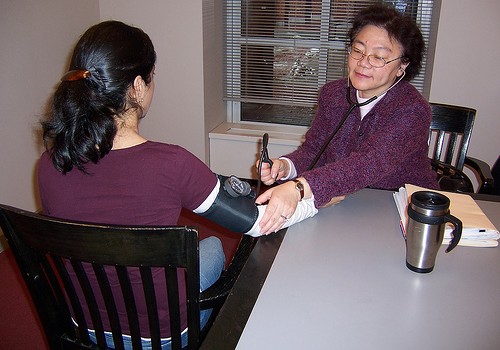
Symptoms of hypotension
There are certain people who always have a blood pressure which would be considered as low compared to normal. In such people, there are no symptoms of hypotension. However, in people with otherwise normal blood pressure, hypotension can produce several symptoms. These include: • A feeling of lightheadedness and dizziness as the blood supply to brain is suddenly decreased. • The patient may have a syncopal attack, also called as fainting in common parlance. • The patient may appear dehydrated and have unusual thirst. • Lack of concentration. • Blurring of vision. • Cold, clammy skin. • Nausea • Depression • Generalized weakness and fatigue • Rapid, shallow breathing with chest pain
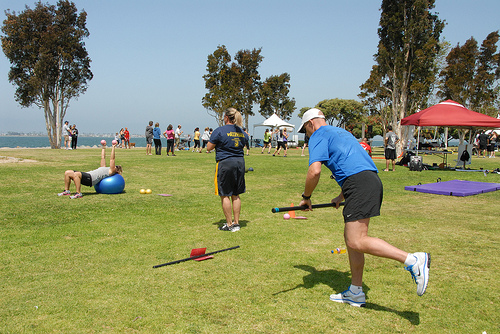
How does hypotension affect the overall health of a person?
People who have a low blood pressure are at a reduced risk of suffering from diseases of the heart like heart attack, stroke and kidney diseases. Low blood pressure is usually encountered in people with an ideal BMI, those who are non-smokers, and those who exercise regularly. Having a low blood pressure is a boon as long as it does not impair the blood supply of the vital organs thereby damaging them. However, sudden hypotension in people who otherwise have a normal blood pressure can lead to fainting. The patient may sustain various injuries because of falling. Low blood pressure means reduced blood supply to different organs of the body. This means impaired oxygenation of those parts leading to their damage.
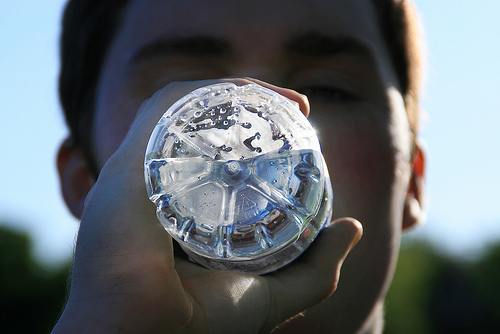
Non-neurological causes of hypotension
There are several conditions which can give rise to hypotension. These include: • Being bed ridden for a long time • First six months of pregnancy • Sudden loss in blood volume may give rise to hypotension. This may be due to major trauma leading to severe blood loss, internal bleeding, or severe dehydration. • Certain medicines are also known to cause hypotension. • Some conditions of the heart may be directly responsible for a low blood pressure. They include a very low heart rate or bradycardia, valvular defects of the heart, heart attack and cardiac failure. • Endocrinal problems like hypothyroidism, parathyroid disease, low blood sugar and adrenal insufficiency. In certain patients, diabetes may also be a cause of hypotension. • Severe bacterial infection may lead to mass toxin production. Toxins in the blood vessels may give rise to fatal hypotension. • Severe anaphylactic shock due to allergy to any food item or medicine.
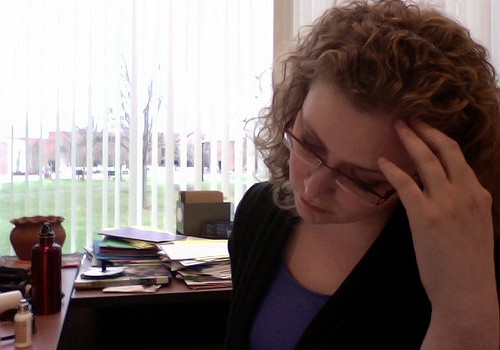
Neurological causes of hypotension
The nervous system of the body plays an important role in regulating the blood pressure. For the blood pressure to remain normal, it is imperative that the nervous system is working to its optimal capacity. When the blood pressure is high, the baroreceptors send a signal to the brain which, in turn, stimulates the vagus nerve. Stimulation of the vagal nerve causes the dilatation of the veins. Blood pools inside them and less blood reaches the heart to be pumped. So the blood pressure falls. Abnormal stimulation of the vagal nerve is seen at times like when a person is trying too hard to pass urine or the person is constipated and tries too hard to pass stools. It may also occur due to a noxious stimulus. In all such instances, the blood pressure falls suddenly, and may cause the person to faint. This is called as vasovagal syncope.
- Important notification about information and brand names used in this slideshow!
- Photo courtesy of Jenica by Flickr : www.flickr.com/photos/jenica26/5641175561/
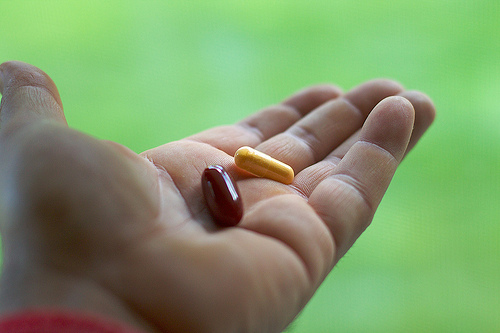
Medications that may give rise to hypotension
There are several medicines which may give rise to low blood pressure as a side effect. Some of these medicines include tricyclic antidepressants like amitriptyline, medicines used for Parkinson’s disease like levodopa and carbidopa, and medicines used to treat erectile dysfunction like sildenafil (Viagra). Therefore, one needs to be careful while prescribing these medicines, brief the patients about this potential side-effect and ways to deal with it. Apart from being a side effect of the above mentioned medicines, hypotension can also occur when medicines used to treat high blood pressure are too effective. Medicines like angiotensin receptor inhibitors, calcium channel blockers, diuretics, alpha blockers, and beta blockers can not only bring the high blood pressure back to normal but may even lower it to dangerous levels in certain individuals. Physicians should be wary of this possibility.
- Important notification about information and brand names used in this slideshow!
- Photo courtesy of Alan Levine by Flickr : www.flickr.com/photos/cogdog/4333880052/
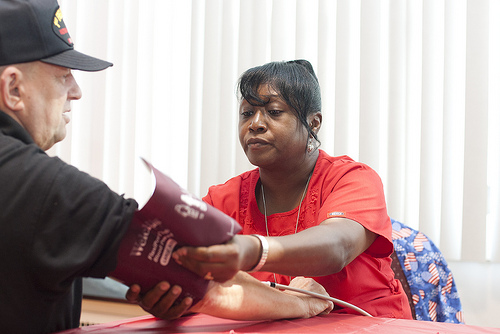
How to diagnose hypotension and manage it?
A diagnosis of hypotension is made only after measuring the blood pressure of an individual in both standing and recumbent positions. In patients suffering from hypotension, the blood pressure falls markedly in the standing position, so much so that the patient may complain of lightheadedness and may even suffer from syncope. Once the diagnosis of hypotension is made, it is necessary to find out the cause behind it. There are times when the cause of hypotension is easily identifiable like a major injury with severe bleeding, or a spinal cord injury. Hypotension in such cases is managed by treating the underlying condition. However, at times, the cause of hypotension is not so obvious. Careful history taking and evaluation of the patient may reveal if the patient is on some medication which may be responsible for this condition. In such a scenario, either the offending medicine is completely withdrawn or its dose is regulated. If hypotension is a result of severe dehydration, intravenous fluids may rectify the problem.
- Important notification about information and brand names used in this slideshow!
- Photo courtesy of Fort George G. Meade Public Affairs Office by Flickr : www.flickr.com/photos/ftmeade/8057227744/






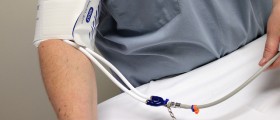

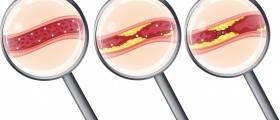








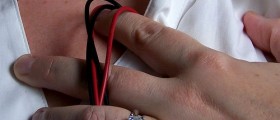

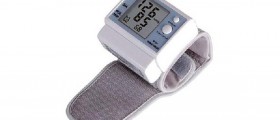
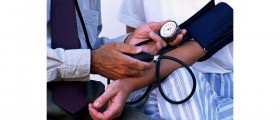
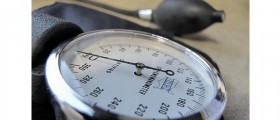
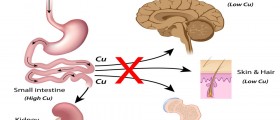
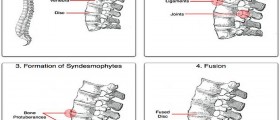



Your thoughts on this
Loading...